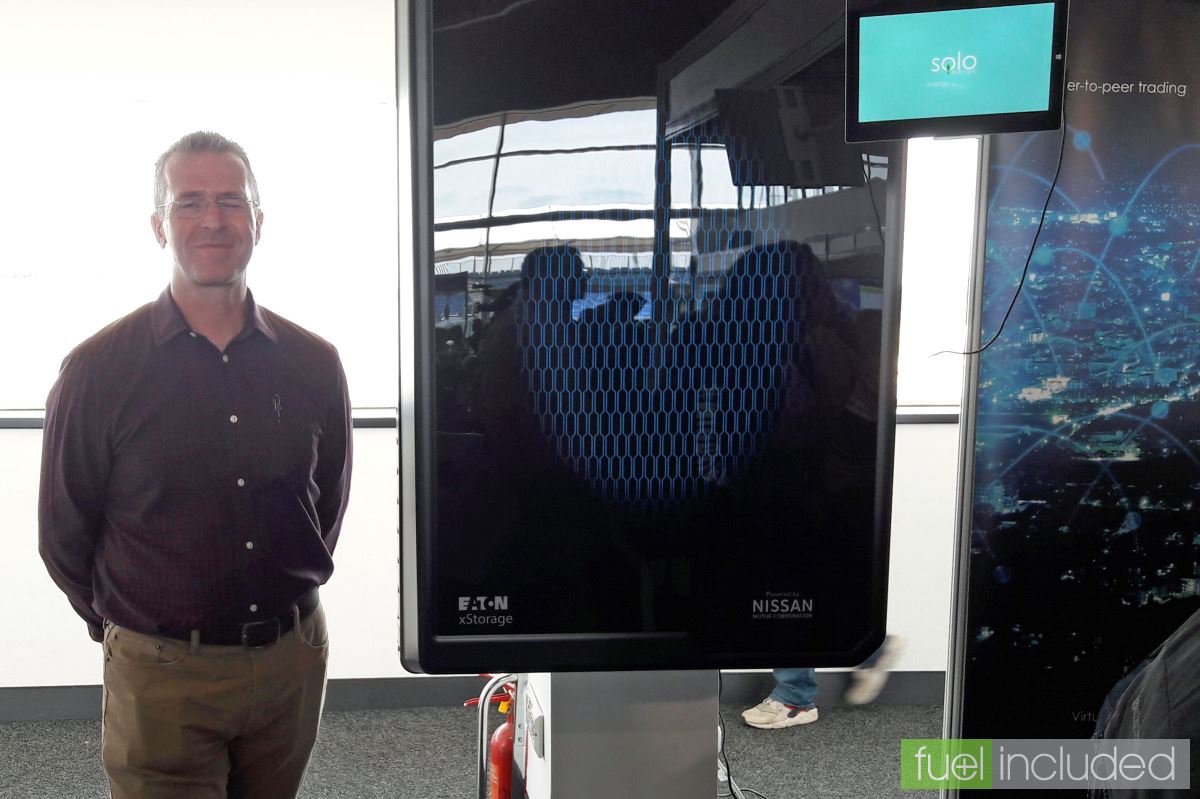With continued global growth of electric vehicles (EV), a new opportunity for the power sector is emerging: stationary storage powered by used EV batteries, which could exceed 200 gigawatt-hours by 2030.
During the next few decades, the strong uptake of electric vehicles (EVs) will result in the availability of terawatt-hours of batteries that no longer meet required specifications for usage in an EV. To put this in perspective, nations like the United States use a few terawatts of electricity storage over a full year, so this is a lot of energy-storage potential. Finding applications for these still-useful batteries can create significant value and ultimately even help bring down the cost of storage to enable further renewable-power integration into our grids.
Potential to spark a second life
EV batteries have a tough life. Subjected to extreme operating temperatures, hundreds of partial cycles a year, and changing discharge rates, lithium-ion batteries in EV applications degrade strongly during the first five years of operation and are designed for approximately a decade of useful life in most cases. Yet, these batteries can live a second life, even when they no longer meet EV performance standards, which typically include maintaining 80 percent of total usable capacity and achieving a resting self-discharge rate of only about 5 percent over a 24-hour period. After remanufacturing, such batteries are still able to perform sufficiently to serve less-demanding applications, such as stationary energy-storage services.

When an EV battery reaches the end of its useful first life, manufacturers have three options: they can dispose of it, recycle the valuable metals, or reuse it (Exhibit 1). Disposal most frequently occurs if packs are damaged or if they are in regions that lack necessary market structure. In most regions, regulation prevents mass disposal. Recycling can make sense if the battery electrodes contain highly valued metals such as cobalt and nickel, because there could be a sufficient gap between the procurement and recycling cost, especially given the predicted tight supply of nickel and potentially cobalt in the 2020s. While having an additional source of battery metals through recycling can be compelling to battery makers looking to secure supply, it will be critical to develop a recycling process that is sufficiently cost-competitive with mining for this path to gain scale; however, new processes that recover more material are not yet fully mature.
Read more: McKinsey



